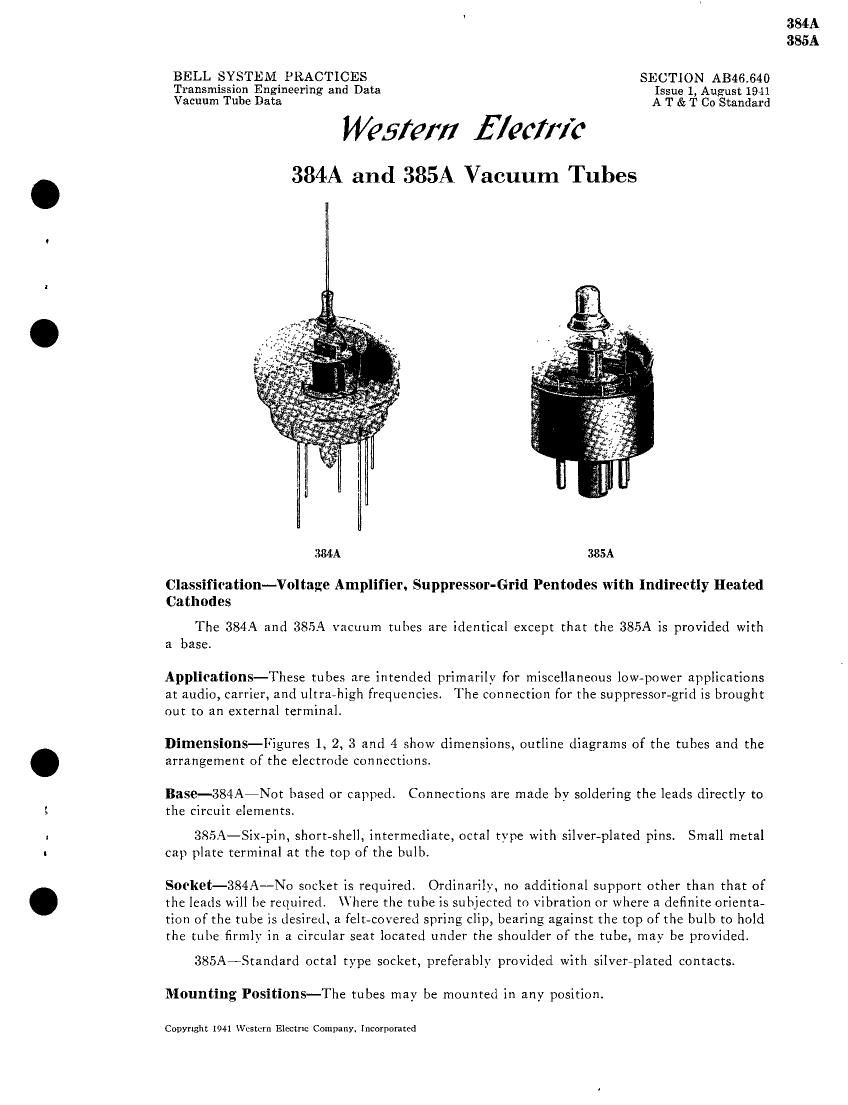Western electric 384 a 385a brochure
This is the 10 pages manual for western electric 384 a 385a brochure.
Read or download the pdf for free. If you want to contribute, please upload pdfs to audioservicemanuals.wetransfer.com.
Page: 1 / 10
